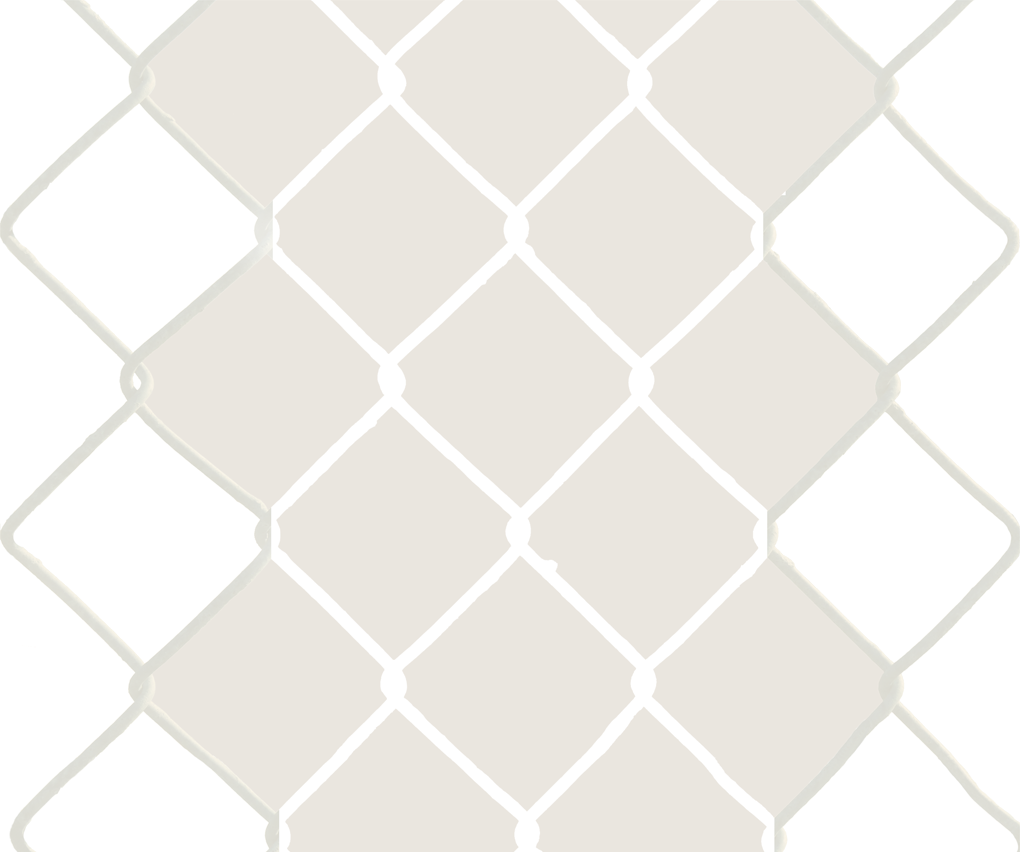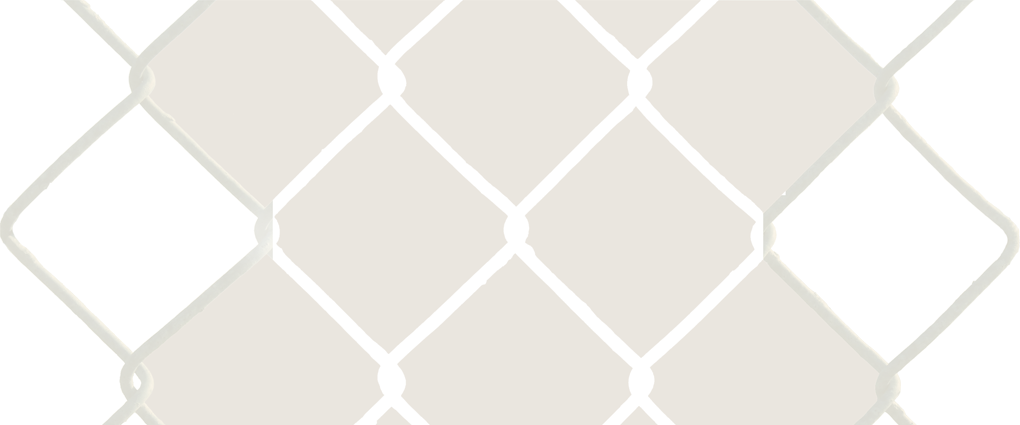

This text is by Anthony Marcellini in his capacity and does not, necessarily, reflect the views of different infinite mile contributors, infinite mile co-founders, the authors' employers and/or other affiliations.
| The Ooze Stage1 |
| An Introduction |
Anthony Marcellini |
Although other insects molt, the caterpillar-butterfly is the only one that enters this viscous condition, between caterpillar and butterfly. Although there may be a word to describe this transitory state, it has been difficult to locate a nomenclature in any Lepidoptera journals. When I asked an entomologist at the Smithsonian if there was a name his answer was, he was uncertain2. It seems it is a moment without clarification, a pause between definitions, which we might as well call The Ooze Stage. A poet, at a dinner party, finds himself confronted with an unknown object, which an artist has just made3. It is the late nineteen-fifties in Brazil, a moment in which divisions between artistic formats were still quite fixed. The artist tells the poet she does not know what this object is. Freestanding with multiple surfaces, it sits somewhere between a painting, a sculpture and a piece of furniture. The artist does not know what this thing is because its function is uncertain. The poet is left alone and considers the unknown thing for some time before concluding, “the object is a non-object”. When he tells this to the artist and other guests present, including a philosopher4, they protest claiming that ‘non’ nullifies the object. The philosopher counters, by making it “not an object of knowledge or a nothing, it is a thing without existence5”. The poet replies clearly we are talking about a thing, “which is therefore an object, but one with no utility and function whatsoever”6. It exists and possesses meaning but what that meaning is, is uncertain, thus it is a non-object. These stories represent two examples of median objects, objects in states between transitions, which we cannot really name except by what they could be or have been; they both exist in an Ooze Stage, a stage between definitions. Post caterpillar or pre-butterfly, between art and functionality, they are objects in the intermediate, between worlds. For the caterpillar-butterfly, it is the earth and the sky: for the non-object, the aesthetic and the tool. There is a third story about a slightly different object, but one that will lead us into our present condition. In this story by Rudyard Kipling, the domestic cat, Felis catus, makes a decision not to fully abandon the wild for domestication, but remain balanced between both worlds, free to choose either direction7. The story begins when several wild animals learn of man by noticing his light or fire. Wild dog is curious and investigates. On their encounter man offers wild dog a deal. Man will provide abundant food, warmth and shelter in exchange for wild dog’s assistance in the hunt and protecting of the home. Dog submits to man’s dominance in exchange for these comforts. Dog invites wild cat to join but wild cat is wary and abstains. Other animals, wild horse and wild cow, are also curious. They too submit to domestication in exchange for the security of domestic life. Still wild cat abstains. Finally, after all the other animals have left, wild cat decides to see what has happened. After much deliberation wild cat tricks man into agreeing that cat will work in exchange for food, warmth and shelter but occasionally break control and run wild. “He will kill mice and he will be kind to Babies when he is in the house, just as long as they do not pull his tail too hard. But when he has done that, and between times, and when the moon gets up and night comes, he is the Cat that walks by himself, and all places are alike to him. Then he goes out to the Wet Wild Woods or up the Wet Wild Trees or on the Wet Wild Roofs, waving his wild tail and walking by his wild lone.8” Man agrees but only if he can treat cat as a wild beast, and throw his boots and stone axe at the cat. Dog will treat him the same and chase cat whenever they meet. Our relationship with cats is over 9000 years old; it is a thing that we are very familiar with. It is an object we assign a subject to, yet it continues to resist subjectivity and confound our definitions. To us cats seem to exist in a state of uncertainty and unpredictability. Never quite domestic and never wholly wild, they exist within the intermediary, seeming to crossing into various stages and definitions depending on their will or, more correctly, our will, the viewer. Due to this fluidity many cultures assign cats the character of the trickster or transgressor of boundaries, which do not remain fixed to the human world. Like the Cheshire Cat to Alice, in literature and folklore the cat serves as a guide to humans who wish to transgress into the non-human, the magical or dream worlds9. Thus it is not surprising that the cat also serves as a guide into the world of the virtual, the internet and the computer age. Cats are always lurking at the periphery of the virtual, as screen savers, staring at us from the desktops of computer screens, on computer printouts commenting on the difficulties of digital communication and etiquette, and the most watched or liked animal next to humans on social media, with a much higher presence than any other pet.10 This role is twofold. On the one hand, the cat’s digital fame rests largely on the humor of its unpredictability,11 autonomy and independence12. Like Charlie Chaplin in Modern Times (1936), the cat never seems wholly at ease with the machines and comforts of modern domestic life. Thus, the cat becomes a representative of the uncertainty lurking at the edges of digital order. On the other hand, the cat is a guide because the digital is a second space, a virtual life. The cat’s prevalence suggests that the digital is a dream world, which does not operate by the same rules as the analog. It is a space that provides contrast to the non-virtual, changing our relationship to it. At a time when our non-virtual world is almost infinitely reproducible in the digital, this situation, which Benjamin describes about the work of art, is extended to all objects. Not only do we produce copies of objects that lack an aura, but the aura of the analog, no matter how non-digitally reproducible, also becomes highlighted and amplified. Our attempts to make all objects in life easily accessible by bringing them closer, also causes our non-virtual life to become somehow more distant, weirder and unapproachable. That which is not touched by the virtual, or stands against it, becomes increasingly fetishized perhaps even ritualized. Many objects that once had a specific meaning and use are now beginning to fall into the Ooze. Perhaps only a portion of their body is starting to break down, a foot, a leg, an arm, but soon the entire beast will drop into the acid and become soupy liquid. This is caused by their function being diverted to another format; the purpose they once served is rendered obsolete. In the nineteen-nineties the introduction of compact discs seemed to usher in the demise of the vinyl record. Twenty years later it is the CD that is becoming obsolete overtaken by digital downloads. And the record has returned, with an amplified aura now achieving ritual status, a collector’s item accompanying the release of most digital albums. In 2010 the U.S. Department of Energy passed the first fluorescent lighting mandate, calling for an end to the production of ballasts in T12 Fluorescent lamps. In 2012, a second mandate required that all T12 fixtures and bulbs were to be phased out of production completely. T-12 bulbs are the most common fluorescent lightbulbs and the principle media in the minimalist artist Dan Flavin’s installations. The phasing out of these bulbs means not only that the lights that hang from garage ceilings, parking structures, factories, malls and office buildings, must all be replaced, but also that thousands of Dan Flavin installations and sculptures using these lights are also becoming obsolete. On March 14, 2012 the production of printed volumes of the Encyclopedia Britannica was permanently ceased. Hundreds of thousands of books, featuring over 700,000 articles, became suddenly without a clear value.19 However, the Ooze Stage Object’s lack of definition also means other motives can be placed upon it; it can be given a value and used to satisfy multiple agendas, or represent differing ideologies. Yet, the Ooze Stage Object cannot remain tethered for long. It is a slippery thing and will eventually elude all representations, congealing outside these structures and agendas. Values will not hold its form for long; this is simply not in its nature. Artwork is one of the few objects created for the Ooze Stage, between divides, which becomes the beginning; a sustained inception that resists being pulled in any one direction except towards art. Perhaps you could say not all artworks sit within this undefined space, if so I would argue, that artwork is tied to a specific goal, agenda or function, a documentation, a specific solution, the fulfillment of a need. Only artworks (objects, films or performances) not ready-formed, pre-inscribed or fixed, objects first encountered and unknown, like the non-object, become demonstrative of such a passage. This notion of The Ooze Stage artwork should not be confused with a reassertion of arts autonomy, in which the artwork sits by itself, solitary and immobile, waiting for a viewer or a critic to unpack it20. Nor should we think of artwork as solely a presentation of skill and creative expression; this notion of artwork is guided by selfish objectives, they are not understood as independent objects but subjected to their maker.21 As we know, the experience of artwork changes dependent on its surroundings, political context and whatever has occurred with an audience member prior to their interaction with it. And here I would also add that the experience of the artwork–those interactions between the artwork its context and viewers–is as much a part of the artwork as the object itself, although one that is quite fluid and always changing, yet at a different rate than the physical thing.22 This understanding of fluidity, at the core of the art experience, is key to the Ooze Stage. An Ooze Stage Artwork should be understood as both adaptable and resistant at the same time. This is part of the dialogical structure of artwork, between the viewer and the object. Parts of any conversation are comprehensible and even in agreement, while other perspectives will always remain unknown and unsaid. Is there then a way to consider the production of objects that refuse definition, seemingly fluctuating in their relationship with us, objects that lack a subject, and take possession? Could we write an art history of The Ooze Stage and prophesy its future? Can we locate objects and experiences that are not exactly documentations of past events, not tools for a defined purpose, but things in a state of conversion, frozen or slowed down, much slower than we are able to comprehend, transforming from one condition to another? Can we find objects that mark an in-between, a continual variation in form and perspective? And in this way can we locate a way through the mire of our contemporary situation? |










